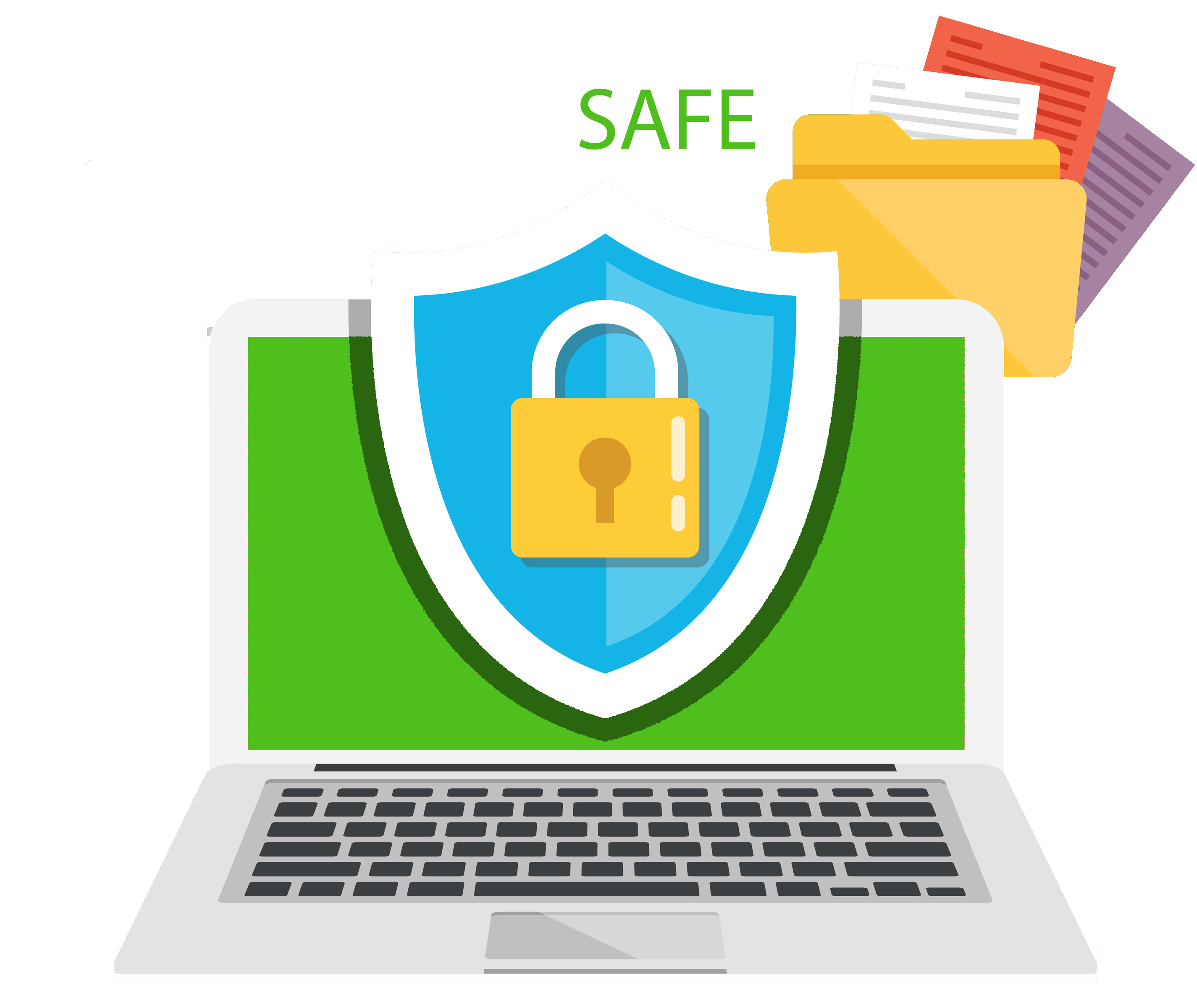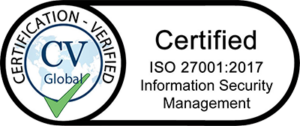As an entrepreneur, you do so much to safeguard your business, grow your assets, and support your employees. It’s difficult to think that a little thing like an email scam can bring it all crashing down. And yet, that’s the reality that some businesses face.
It’s relatively easy to spot a phone scam, or to delete suspicious-sounding emails from your personal inbox. But are your employees trained to spot the more sophisticated tricks coming in these days? Let us help with some timely information and a few tips.
What is Email Fraud?
An email fraud attack, sometimes called business email compromise, occurs when a hacker or criminal enterprise uses intentional deception via an email account to either damage a company or for personal gain. There are a number of common email scams, which we outline below. The biggest threat to business owners is that the number of email fraud attacks are rising and becoming more sophisticated.
Common Types of Email Fraud
(1) Phishing, Ransomware, and Social Engineering
These are the categories you hear about most often. A phishing attack uses an authentic-looking sender and a little manipulation to cull sensitive information. Ransomware goes even further, encrypting a victim’s data and demanding money to return or restore it. Social engineering generally describes the process of building trust in order to seize data.
All of these attacks attempt to trick you or your employees into giving away important, confidential information. Some emails can look like password update requests or emails that seem to come from trusted sources. Scammers may also use malware to compromise organizations’ confidential files.
(2) Lookalike Domains
Unfortunately, it’s not difficult for a cybercriminal to spoof your domain and send an email that seems legitimate. Once a recipient opens it, they may click on a link to a copycat site or even reply to the scammer. Lookalike domains are registered by attackers and are a sneaky way to expose companies to fraudulent activity.
(3) Fake Invoices
Scammers may send you an invoice for products or services your business has used in the past. They count on the fact that some payments, like a domain name or accounting services, are critical. If an invoice looks legitimate, companies may pay without proper verification.
There are plenty more, including credit card processing scams, government agency imposters, and tech support scams. No matter how your organization is hit, however, you end up dealing with a damaged reputation and a devastated bottom line.
Your Best Protection Against Email Fraud
To protect your business against these scams, it’s important to educate both yourself and your employees. Your best defense might just be your ability to sight scams before they affect you. Then tell your employees and stakeholders what to look for, too. Here are a few more tips:
- Train your employees not to send passwords or other types of sensitive information via email. Likewise, don’t send requests to your employees for sensitive data.
- Verify invoices before you pay them.
- Know who you’re doing business with, and be careful when responding to new queries. You may also want to search each company online to verify that they’re legitimate and not a scam.
- Remember that email addresses and websites are easy to imitate or fake. Think before you click!
- Finally, secure your company’s files, passwords, and other important information.
Partner with an Expert on CyberSecurity
Newtec Services wrote the book on preventing email fraud for business. To learn more about the top email schemes affecting business today, download our free whitepaper now.







